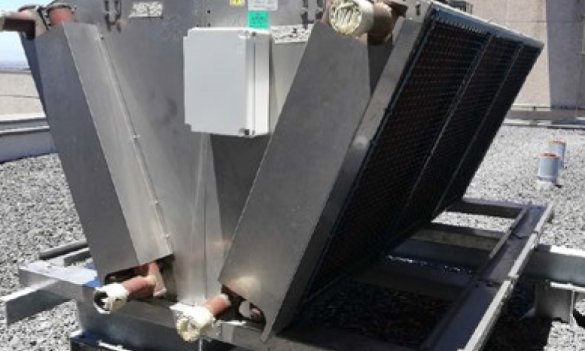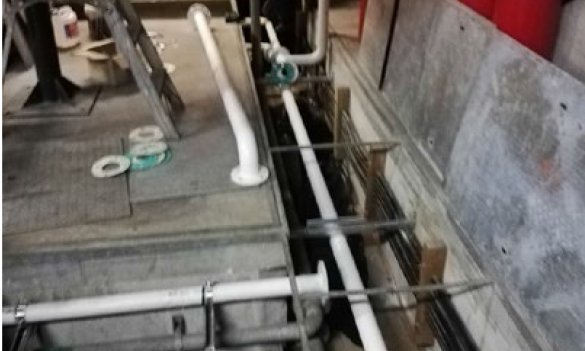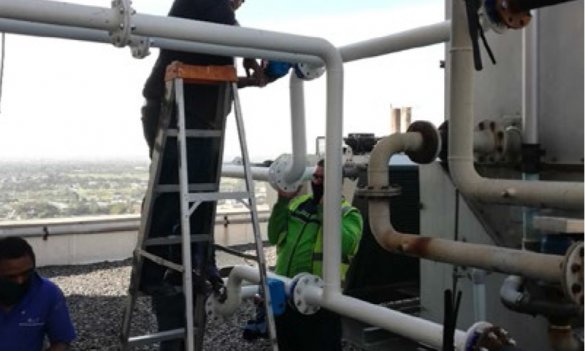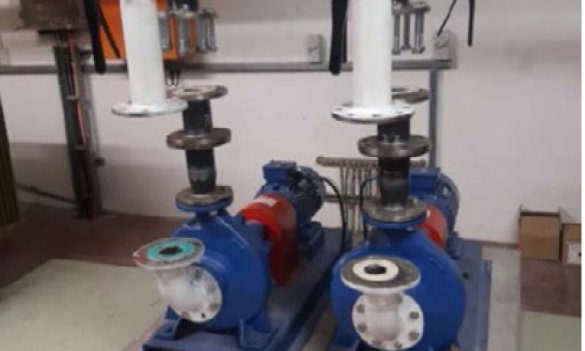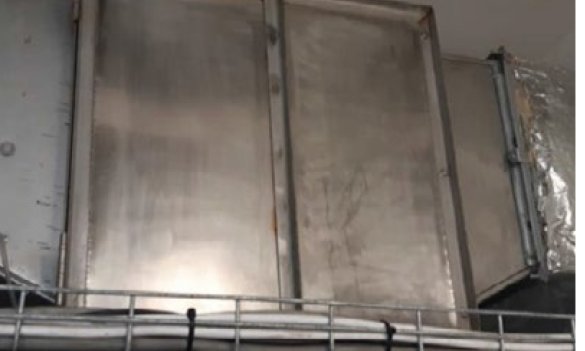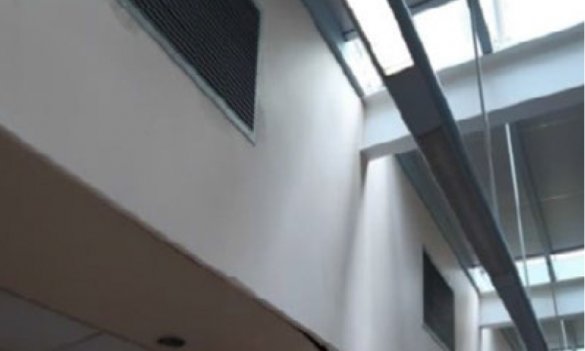Department of Transport and Public Works (DTPW) recently completed a R14.7m project to replace six water-cooled heating, ventilation and air conditioning (HVAC) cooling tower units serving minor surgical theatres, general offices, outpatients and pharmacy waiting areas at Groote Schuur Hospital.
The replacement equipment comprises dry-cooled inverter driven variable refrigeration volume (VRV) systems coupled to new air handling units (AHUs).
The project was implemented in two stages.
Unlike older systems, VRV systems use the same condensing unit to heat and to cool air, so they do not require a separate steam boiler system.
This means they require less plantroom space which makes retrofitting easier within existing building layouts. In addition, drycooled towers use no water.
The newly installed equipment is designed to serve specific areas and provides individual temperature and operational control for each area in which it has been installed. VRV systems have given good service where they have been installed, and are easier to maintain than watercooled systems. The Hospital Engineering department has good experience with these systems and is keeping essential spares in stock to minimise downtime.
The first part of the project was to replace various existing water-cooled HVAC systems throughout the hospital precinct that had passed its economic life with new direct expansion (DX) type evaporators and inverter driven VRV condensing units.
The second part of the project was the installation of dry coolers to cool the three backup power generator sets. Each generator set comprised two generators. Two of the generator sets only had one cooling tower, leaving both generators ineffective if the cooling tower failed. A new dry-cooling tower was fitted to these generator sets. One of the cooling towers of the third generator set was replaced with a new dry-cooling tower.
Each generator set has a back-up cooling tower, with an automatic changeover if the new dry cooler fails. The dry air coolers will function as the primary cooling for the generators. Three existing evaporative wet cooling towers will remain in place as secondary backup units.

